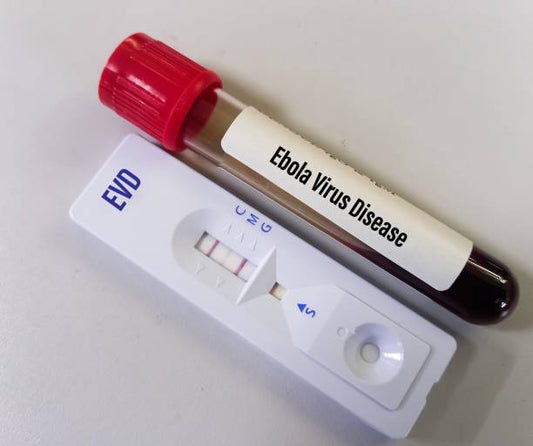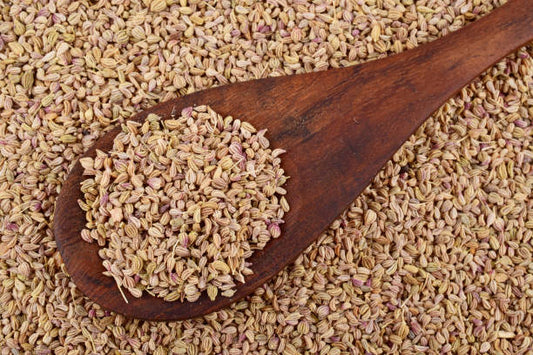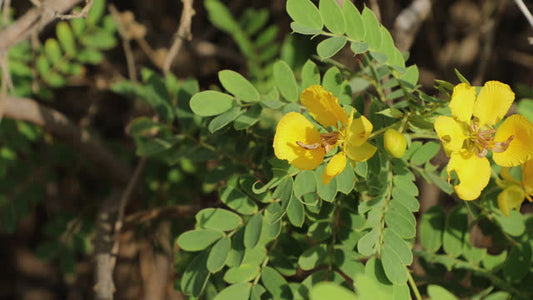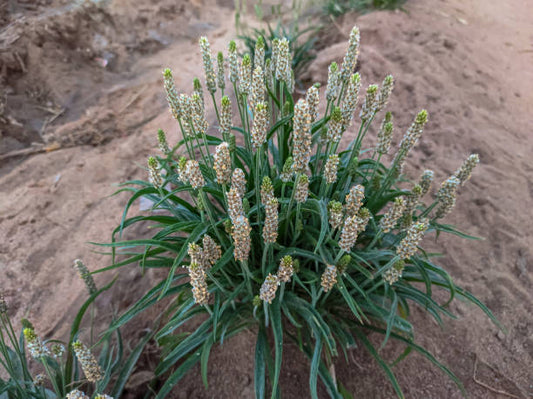What is Blister's disease?
Blister disease is a fungal infection caused by the pathogen Phytophthora infestans, which is an oomycete that causes a lot of crop damage. It is also known as late blight and is one of the most destructive plant diseases that affects potatoes, tomatoes, and other related crops. The disease was responsible for the Great Famine of Ireland in the 1840s, which resulted in the death of over 1 million people.
Symptoms of Blister Disease
- Yellow or Pale Green Spots: The initial symptom of the disease is the appearance of small, pale green or yellow spots on the leaves. These spots may be surrounded by a yellow halo.

- Brown or Black Spots: The spots may turn brown or black, and may be filled with a lot of fungal spores.

- Water-Filled Blisters: The spots may swell and form small, water-filled blisters on the leaves. These blisters are filled with a jelly-like substance and are surrounded by a grayish halo.

Cure for Blister Disease
1. Biological Control: Biological control is the most effective way to control and manage the disease. There are several beneficial microbes and insects, such as Bacillus subtilis and Trichoderma, that can be used to control the disease.
2. Chemical Control: Chemical control is another way to manage the disease. Fungicides, such as copper hydroxide, mancozeb, and chlorothalonil, can be sprayed on the affected plants to control the disease.
3. Cultural Control: Cultural control involves using cultural practices to reduce the spread of the disease. This includes crop rotation, pruning, and sanitation.
Prevention of Blister Disease
1. Crop Rotation: Crop rotation is one of the most effective methods of preventing the disease. Rotating crops helps to reduce the chance of the disease-causing pathogen surviving over the winter.
2. Sanitation: Sanitation is important to reduce the spread of the disease. This includes removing and destroying affected plant material and cleaning tools and equipment that have been used in the garden.
3. Fungicides: Fungicides, such as copper hydroxide, mancozeb, and chlorothalonil, can be used to control the disease.
4. Plant Resistant Varieties: Planting resistant varieties can help to prevent the disease from spreading. Resistant varieties are available for potatoes, tomatoes, and other related crops.











